Glasgow Green
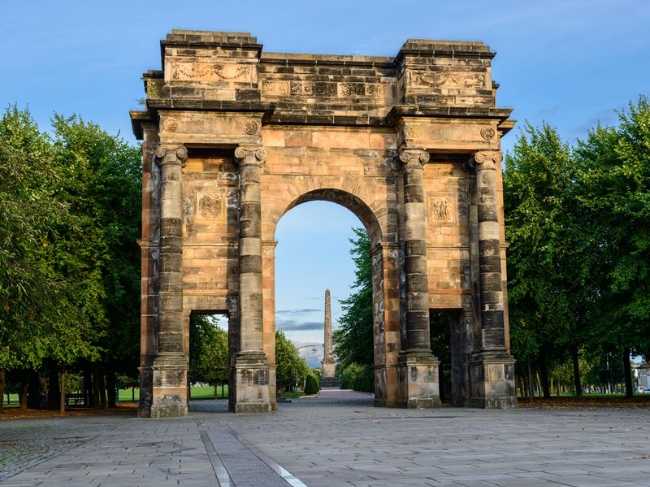
Glasgow Green, the city’s oldest public park, has been at the heart of community life since 1450, when Bishop William Turnbull gifted the land to the people of Glasgow. Spanning 136 acres beside the River Clyde, it has served many purposes over the centuries—from grazing cattle and bleaching linen to hosting political rallies, fairs, and sporting events. The park is home to notable landmarks, including the grand Doulton Fountain, relocated here after the 1888 International Exhibition, and the Nelson Monument, erected in 1806 to honour Admiral Nelson’s victories. The People’s Palace and Winter Gardens, opened in 1898, tell the story of Glasgow and its people, while Flesher’s Haugh has long been a venue for football and public gatherings. Today, Glasgow Green remains a vibrant space for leisure, festivals, and cultural events, blending centuries of history with a lively role in modern city life.
Glasgow ScotlandGlasgow Green, located in the east end of Glasgow on the north bank of the River Clyde, is the city's oldest park, established in the 15th century when King James II granted the land to Bishop William Turnbull for the people of Glasgow. This historic green space has served many purposes over the centuries, including grazing land, sites for washing and bleaching linen, and a venue for various sports such as football, golf, and rowing. Glasgow Green has witnessed major public events, political gatherings, and demonstrations, and it played a crucial role in the development of Scottish football, hosting early matches linked to Rangers Football Club. Today, the park contains notable features like the People's Palace and Winter Gardens, alongside monuments and open-air event spaces. It remains a popular destination for leisure, culture, and sports, surrounded by the vibrant urban landscape of Glasgow and easily accessible by public transport.
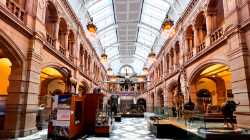 Kelvingrove Art Gallery and Museum
Glasgow
Kelvingrove Art Gallery and Museum
Glasgow
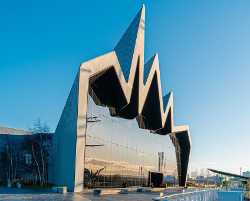 Riverside Museum
Glasgow
Riverside Museum
Glasgow
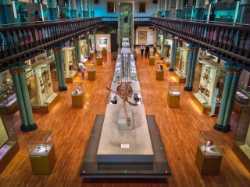 Hunterian Museum
Glasgow
Hunterian Museum
Glasgow
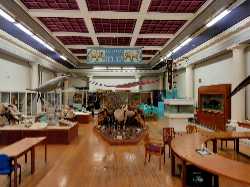 The Hunterian Zoology Museum
Glasgow
The Hunterian Zoology Museum
Glasgow
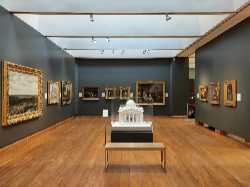 The Hunterian Art Gallery
Glasgow
The Hunterian Art Gallery
Glasgow
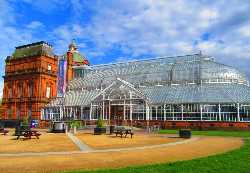 People’s Palace and Winter Gardens
Glasgow
People’s Palace and Winter Gardens
Glasgow
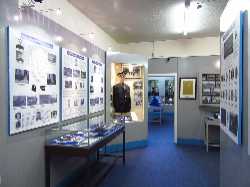 Glasgow Police Museum
Glasgow
Glasgow Police Museum
Glasgow
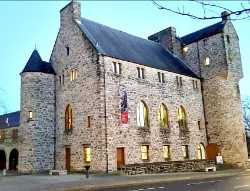 St. Mungo Museum of Religious Life and Art
Glasgow
St. Mungo Museum of Religious Life and Art
Glasgow
 The Tenement House
Glasgow
The Tenement House
Glasgow
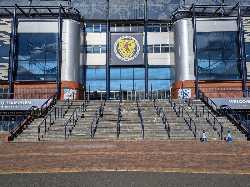 Scottish Football Museum
Glasgow
Scottish Football Museum
Glasgow
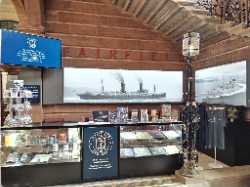 Fairfield Heritage
Glasgow
Fairfield Heritage
Glasgow
 Theatre Royal Glasgow
Glasgow
Theatre Royal Glasgow
Glasgow
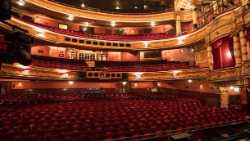 Glasgow King’s Theatre
Glasgow
Glasgow King’s Theatre
Glasgow
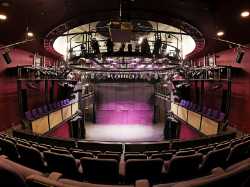 Tron Theatre
Glasgow
Tron Theatre
Glasgow
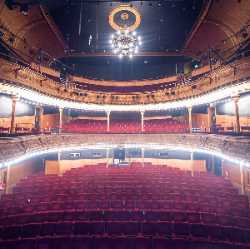 Citizens Theatre
Glasgow
Citizens Theatre
Glasgow
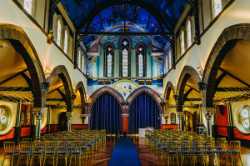 Òran Mór
Glasgow
Òran Mór
Glasgow
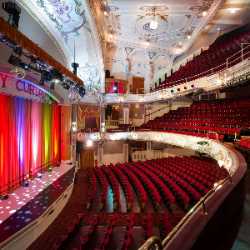 Pavilion Theatre
Glasgow
Pavilion Theatre
Glasgow
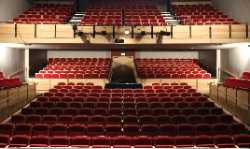 Webster’s Theatre
Glasgow
Webster’s Theatre
Glasgow
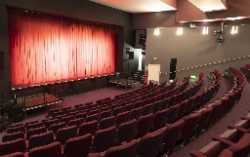 Eastwood Park Theatre
Glasgow
Eastwood Park Theatre
Glasgow
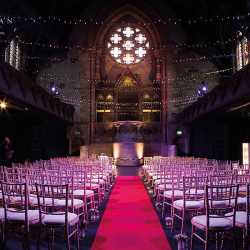 Cottiers Theatre
Glasgow
Cottiers Theatre
Glasgow
 Platform Theatre
Glasgow
Platform Theatre
Glasgow
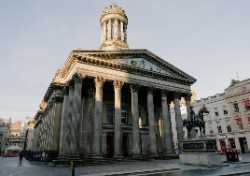 Gallery of Modern Art
Glasgow
Gallery of Modern Art
Glasgow
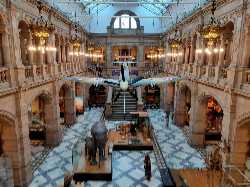 Kelvingrove Art Gallery
Glasgow
Kelvingrove Art Gallery
Glasgow
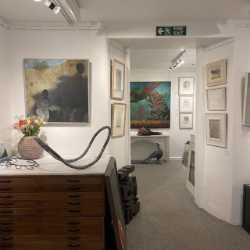 Compass Gallery
Glasgow
Compass Gallery
Glasgow
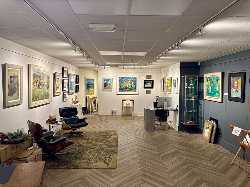 Roger Billcliffe Gallery
Glasgow
Roger Billcliffe Gallery
Glasgow
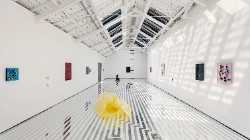 The Modern Institute
Glasgow
The Modern Institute
Glasgow
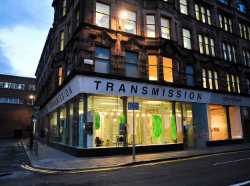 Transmission Gallery
Glasgow
Transmission Gallery
Glasgow
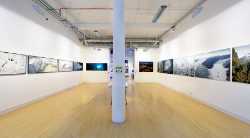 Trongate 103
Glasgow
Trongate 103
Glasgow
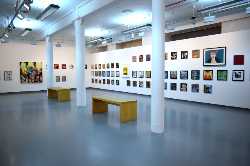 Project Ability Gallery
Glasgow
Project Ability Gallery
Glasgow
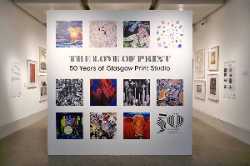 Glasgow Print Studio
Glasgow
Glasgow Print Studio
Glasgow
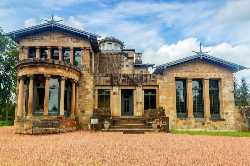 Holmwood House
Glasgow
Holmwood House
Glasgow
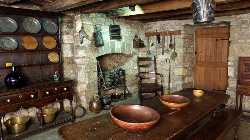 Provand’s Lordship
Glasgow
Provand’s Lordship
Glasgow
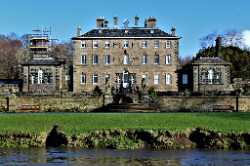 Pollok House
Glasgow
Pollok House
Glasgow
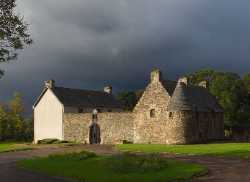 Provan Hall
Glasgow
Provan Hall
Glasgow
 House for an Art Lover
Glasgow
House for an Art Lover
Glasgow
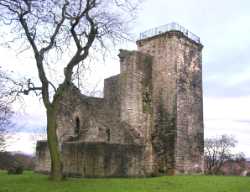 Crookston Castle
Glasgow
Crookston Castle
Glasgow
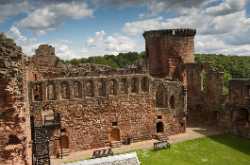 Bothwell Castle
Glasgow
Bothwell Castle
Glasgow
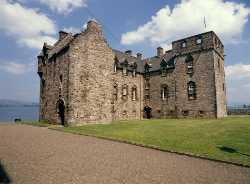 Newark Castle
Glasgow
Newark Castle
Glasgow
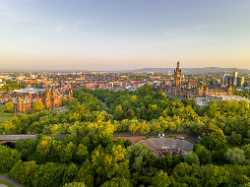 Kelvingrove Park
Glasgow
Kelvingrove Park
Glasgow
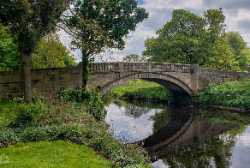 Pollok Country Park
Glasgow
Pollok Country Park
Glasgow
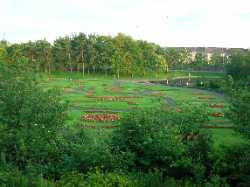 Victoria Park Glasgow
Glasgow
Victoria Park Glasgow
Glasgow
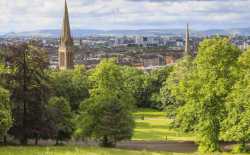 Queens Park
Glasgow
Queens Park
Glasgow
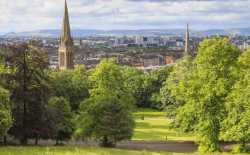 Rouken Glen Park
Glasgow
Rouken Glen Park
Glasgow
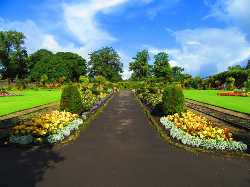 Bellahouston Park
Glasgow
Bellahouston Park
Glasgow
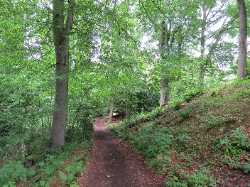 Linn Park
Glasgow
Linn Park
Glasgow
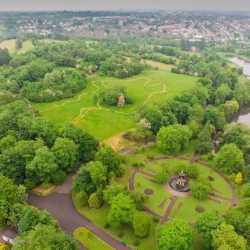 Glasgow Alexandra Park
Glasgow
Glasgow Alexandra Park
Glasgow
 Springburn Park
Glasgow
Springburn Park
Glasgow
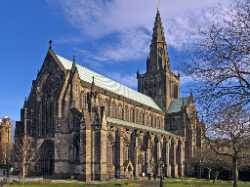 Glasgow Cathedral
Glasgow
Glasgow Cathedral
Glasgow
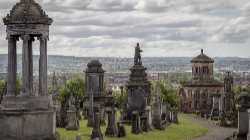 Glasgow Necropolis
Glasgow
Glasgow Necropolis
Glasgow
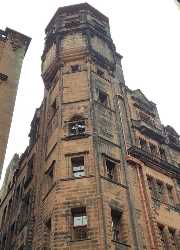 The Lighthouse
Glasgow
The Lighthouse
Glasgow
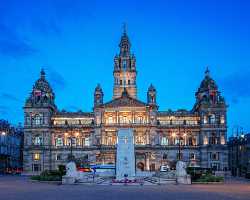 City Chambers
Glasgow
City Chambers
Glasgow
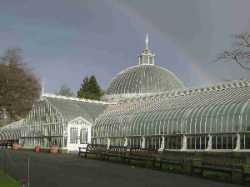 Glasgow Botanic Gardens
Glasgow
Glasgow Botanic Gardens
Glasgow
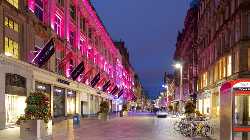 Buchanan Street
Glasgow
Buchanan Street
Glasgow
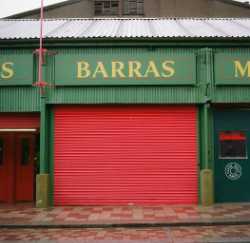 Barras Market
Glasgow
Barras Market
Glasgow
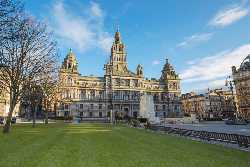 George Square
Glasgow
George Square
Glasgow
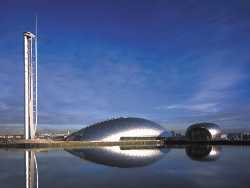 Glasgow Science Centre
Glasgow
Glasgow Science Centre
Glasgow
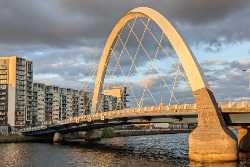 Clyde Arc
Glasgow
Clyde Arc
Glasgow
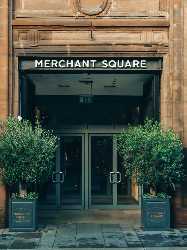 Merchant Square
Glasgow
Merchant Square
Glasgow